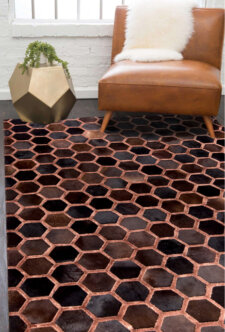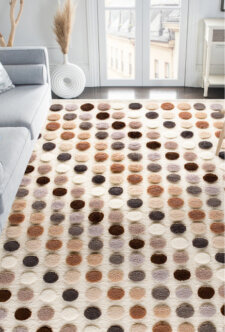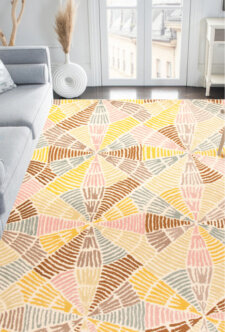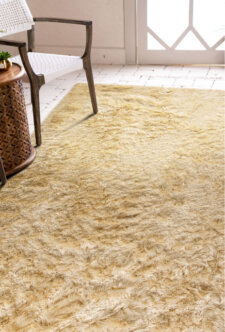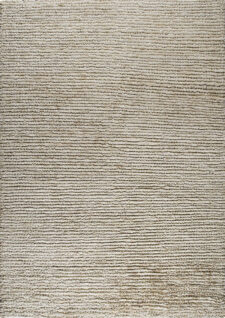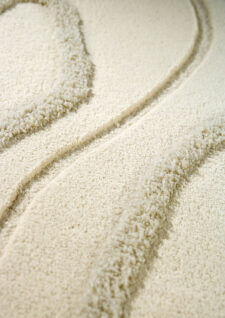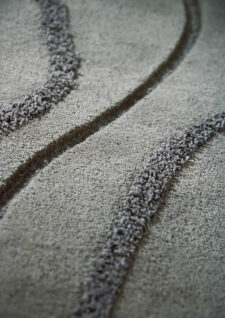Texture Rugs
Palmdale Charcoal
Request Quote This product has multiple variants. The options may be chosen on the product pagePalmdale Green
Request Quote This product has multiple variants. The options may be chosen on the product pagePalmdale Brown
Request Quote This product has multiple variants. The options may be chosen on the product pagePalmdale Beige
Request Quote This product has multiple variants. The options may be chosen on the product pageNature Black
Request Quote This product has multiple variants. The options may be chosen on the product pageNature White
Request Quote This product has multiple variants. The options may be chosen on the product pageAgra White
Request Quote This product has multiple variants. The options may be chosen on the product pageAgra Grey
Request Quote This product has multiple variants. The options may be chosen on the product page
Texture Area Rugs
The term “texture” may be perceived differently in different spheres. However, the core meaning of it remains the same. Texture essentially signifies the feel of a surface, whether art, design, or a real object. In texture rugs, it varies, and hence texture rugs are distinguished based on variations in the feel. Now, what brings such changes in texture? Well, it is the fabric and how it shows up on the rug surface, brings about the change. Essentially, homeowners who are selective about the feel they wish to lend to their floor look for texture area rug made to hold aesthetics that reflect preferred vibes. Textures on the rugs are due to the untiring effort of weavers spending days in bringing appearances to life. Also, when it comes to lending texture to the floor, the preferences of interior stylists are always the texture area rugs collection that offers varieties worth exploring.
Varieties In Texture Rug Worth Exploring
Textures on the rug, blended styles, motifs, and patterns, among others, narrate stories and make one feel that one may be longing for. The feel on the surface of our texture rug may be due to:
- Loop
- Cut-loop
- Pile height
- Shag
The texture on the texture area rug may follow right from the yarn selection. Yarn of uneven thickness is employed to lend the texture rug surface the necessary feel one may desire from a texture rugs. Our texture area rug are made in compliance with such practices and yarn selection. Also, we use the loop, cut loop, and create varying pile height to replicate and bring such a feel to the rug surface. Essentially, any variation in the making will bring about a change in texture.
Fabrics Aid To Texture Area Rug
Each fabric bears a distinguishing feel. While one may be smoother, the other may not. While one may be less coarse, the other may be more. Accordingly varies the texture of the rug, made of different fabrics. Preferred choices and the bestselling materials are wool, cotton, viscose, and synthetic materials like polyester, and polypropylene. While wool bears all-around attributes, synthetic materials make the rugs durable and easy to clean and maintain. The materials aptly mirror their properties to stand to everyone’s expectations of essential functionalities.
Customize For Texture Area Rug
One can customize for aforesaid aspects that create texture on the rug. We offer to hear new ideas in rug making, and we have an infinite number of possibilities. Likewise, our customization service allows you to get your texture area rug designed for the texture you wish among other things. When we make an texture rug entirely from scratch, you can have your say in terms of design elements, yarn type, pile height, fiber density, among others that can bring the desired texture.
FAQ’s
- What rug sizes are available for texture rugs?
It is equally important to choose the right size rug for your space as well as the right design rug. It is often the focal point of decor, and it's not possible to get it wrong. The design of the textured rug will depend on the personality of the room. However, there are technical and practical considerations that can affect the size of the rug. From small rugs, round rugs, runner rugs, and square rugs to sizes like 4’x6’ rugs, 5’x8’ rugs, 6’x9’ rugs, 8’x10’ rugs, and 9’x12’ rugs we offer our texture rug for your suitable space.
- What rug styles are available other than texture rugs?
Contemporary rugs style, cowhide rugs style, luxury rugs style, shaggy rugs style, traditional rugs style, vintage rugs style, Scandinavian rugs style, mid-century rugs style, and farmhouse rugs style are some of the rug styles that are more available than the luxury rug style. Styling a rug as per your aspirations will bring all elements of the room together.
- What patterns can be seen in texture area rugs?
Abstract rugs, chevron rugs, and geometrics rugs, to patchwork rugs, floral rugs, medallion rugs, border rugs, traditional rugs and striped pattern rugs are some of the beautiful patterns that are often found in our texture area rugs. Patterns add an element of interest to our décor, and a floor covering in such patterns will accentuate the interior.
- Which colors are available for texture rugs?
The colors play an important role in the texture area rug as the colors are employed to lend the necessary feel to the rugs. White rugs, beige rugs, neutral rugs, yellow rugs, gold rugs, blue rugs, pink rugs, red rugs, green rugs, gray rugs, black rugs, and multi color rugs are the standard colors that our textured rugs are made in.
- In what types of rooms can texture rug be placed?
Textured rugs come in a distinguished feel. They have a difference in the pile which makes them prominent to be placed in different rooms. Living room, dining room, bedroom, and kid’s area room are some of the spaces you can install a textured rug.
- Which weaving techniques can be used for making texture rugs?
Flat-weave rugs technique, knotted rugs technique, leather rugs technique, shaggy rugs technique, loom knotted rugs technique, and tufted rugs technique, are some of the stunning techniques we craft for our texture area rugs. These weaving techniques when imparted in a rug result in a fascinating interior that seems comfortable and glorious.
- What materials can be used in making texture rugs?
As eminent rug manufacturers, we understand that for the resulting texture in the area rug to be gentle, the correct measurement of materials in the right proportions must be employed. Therefore, we correctly balance the materials to weave a textured rug. We make use of the materials like wool, polyester, viscose, bamboo, hemp , leather, and linen .
- Is customization possible with texture rugs?
You can customize the texture area rugs and modify the above-mentioned elements that create texture in the rug. We are open to new ideas and can offer endless possibilities in rug-making. You can also customize rugs as well as your texture rug to have the desired texture. You can also have control over the design elements such as yarn type, pile height, and fiber density.

